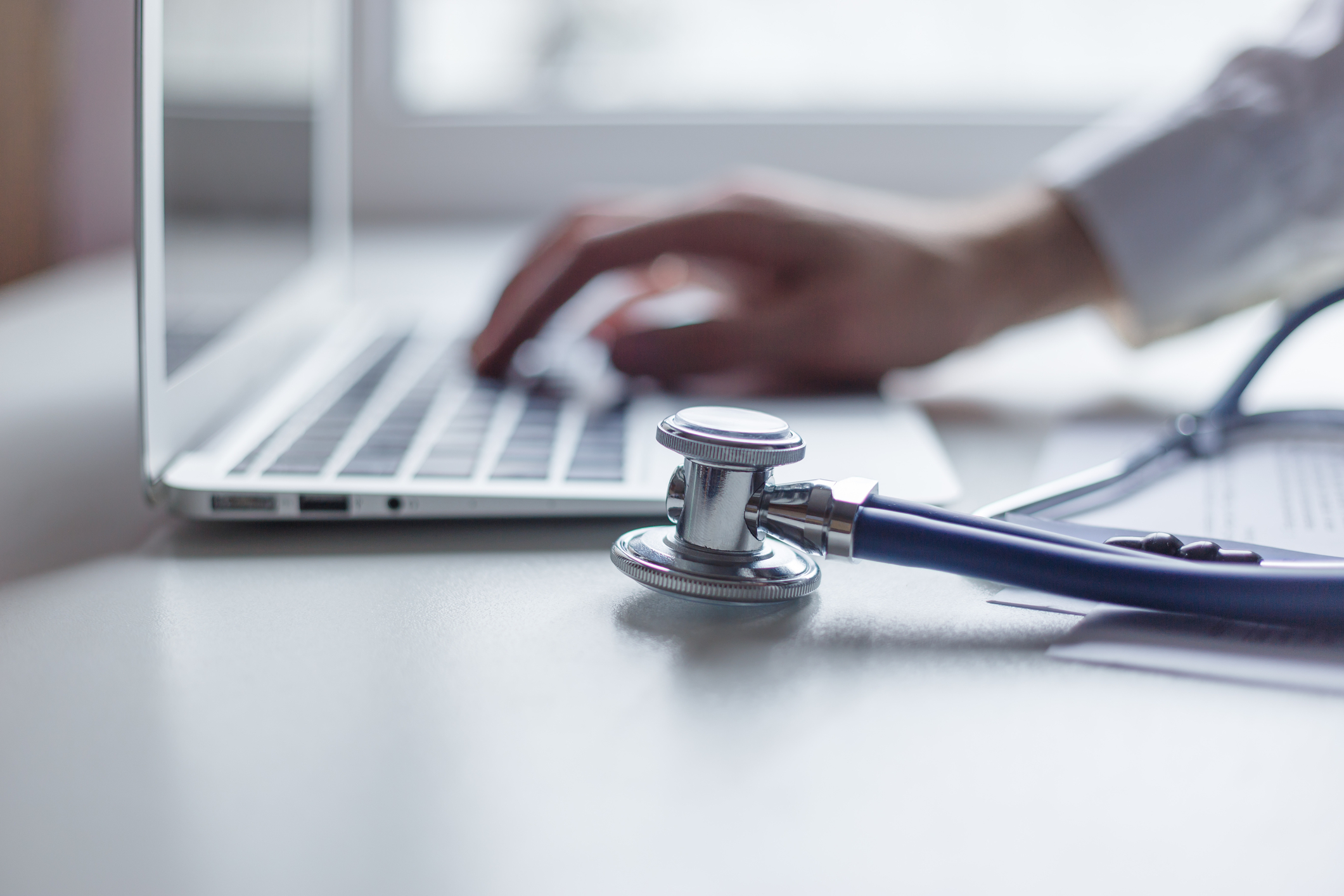Hackers Paint a Target on the Healthcare Industry
While all industries are vulnerable to cyberattacks, the healthcare sector is targeted the most frequently and with the most severe consequences. In this article, we’re taking a look at notable attacks and their consequences, why the healthcare industry is being targeted, and what needs to happen to safeguard these critical services.
Cyberattacks on healthcare facilities
In Australia and around the world, healthcare facilities are being targeted by cybercriminals. The most notable attacks include:
- United Healthcare Services – In 2020, this network which stretches across the USA and UK came under attack in one of the biggest ransomware attacks on the industry. It affected over 400 facilities and 3.5 million patients, with the Ruyk malware crippling the network for around one month and taking patient records offline. It cost over $90 million in recovery costs.
- National Health Service – The WannaCry attack in 2017 is what first put ransomware on the map, hitting over 200,000 computers in 150 countries. The most notable victim was the UK’s NHS, locking 603 healthcare providers out of their systems and patient files for several days, and costing $11 million.
- UnitingCare Queensland – Another notable ransomware attack took place in 2021 when the network’s hospitals and aged care centres were targeted. The attack by REvil took almost 2 months to recover from, with surgeries and critical care being postponed and patient records being inaccessible through this time. This is after both Angelicare Sydney and Regis healthcare were hit with ransomware attacks during the pandemic.
Why are healthcare providers a target?
The healthcare sector is especially vulnerable to these attacks for several reasons.
- Valuable data – The data these facilities have to keep, which includes private and personal information as well as billing information, is very valuable to sell on the black market.
- High stakes – Data breaches and attacks on medical devices and networks impact patient care, so attackers know that they are more likely to pay out the ransom quickly to reduce the impact of being offline and save lives.
- Money – Healthcare facilities are considered to be rich targets, which means that hackers feel they can get a higher payout than if they targeted other businesses.
- Vulnerabilities – It is understandably very challenging to implement new, more secure digital systems in healthcare facilities. This is because systems need to stay online at all times, disruptions can cause patient welfare issues, and staff don’t often have the time to learn cybersecurity skills. Medical devices have also become more advanced in recent years, creating another vector for hackers to attack pacemakers and other critical medical tech.
Outsourcing proactive cybersecurity to keep patients safe and improve care
Otto IT is a managed IT services provider that is focussed on the human element of technology. We’re here to help your industry and facility evolve to face emerging threats and secure it against the risks of today’s digital environment while ensuring you reap the benefits of a more connected world. Chat to us today about bespoke IT security solutions and services for the healthcare industry.



